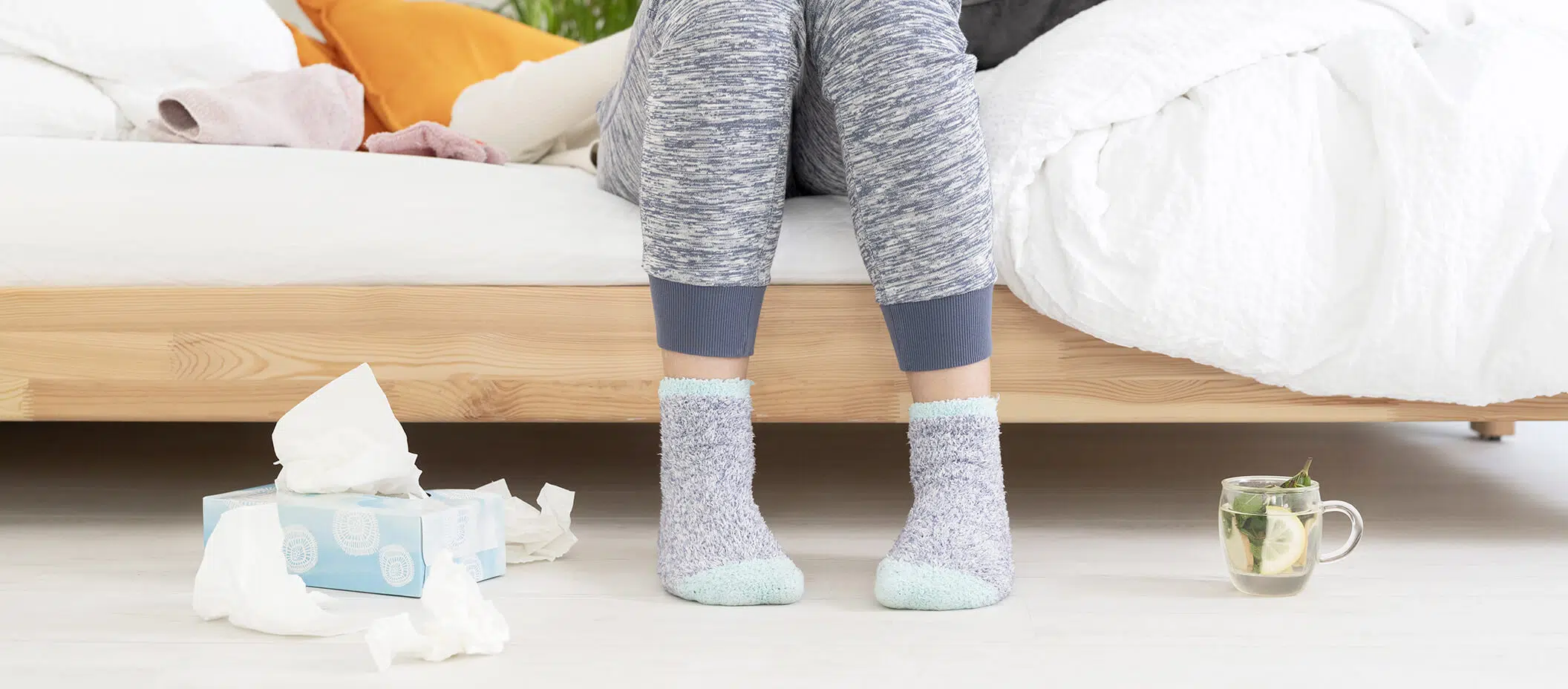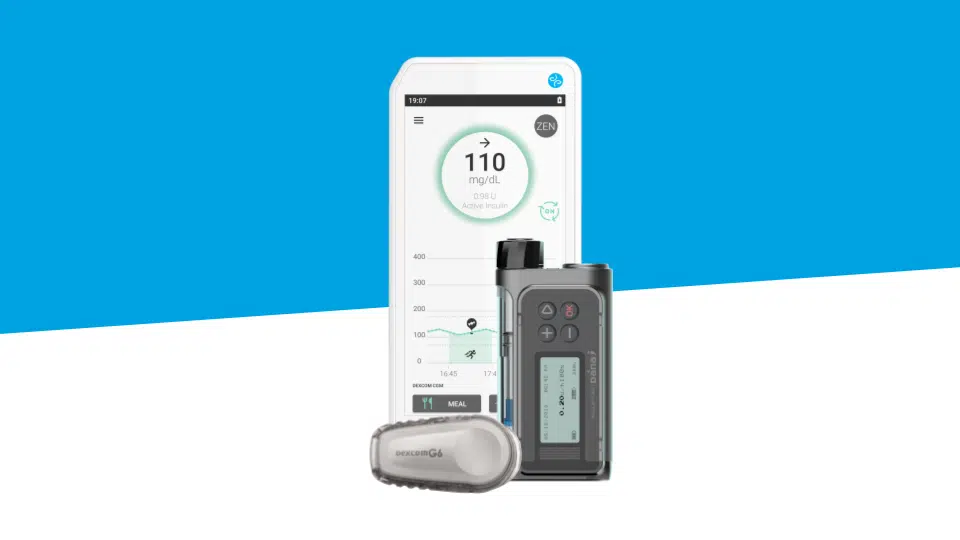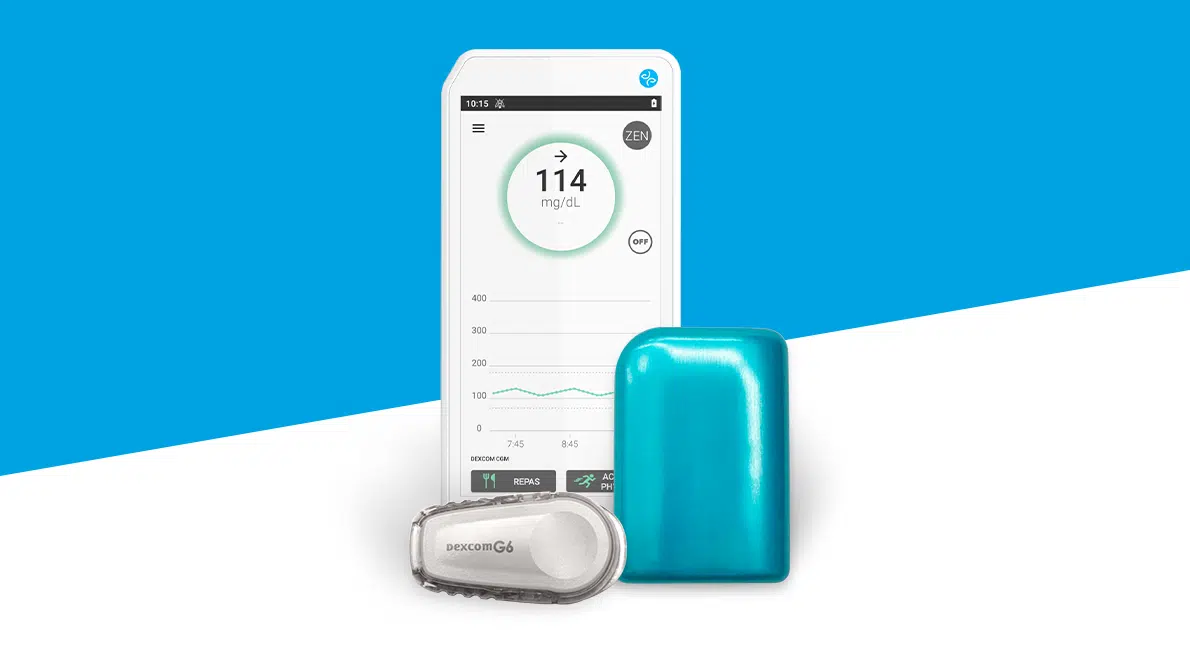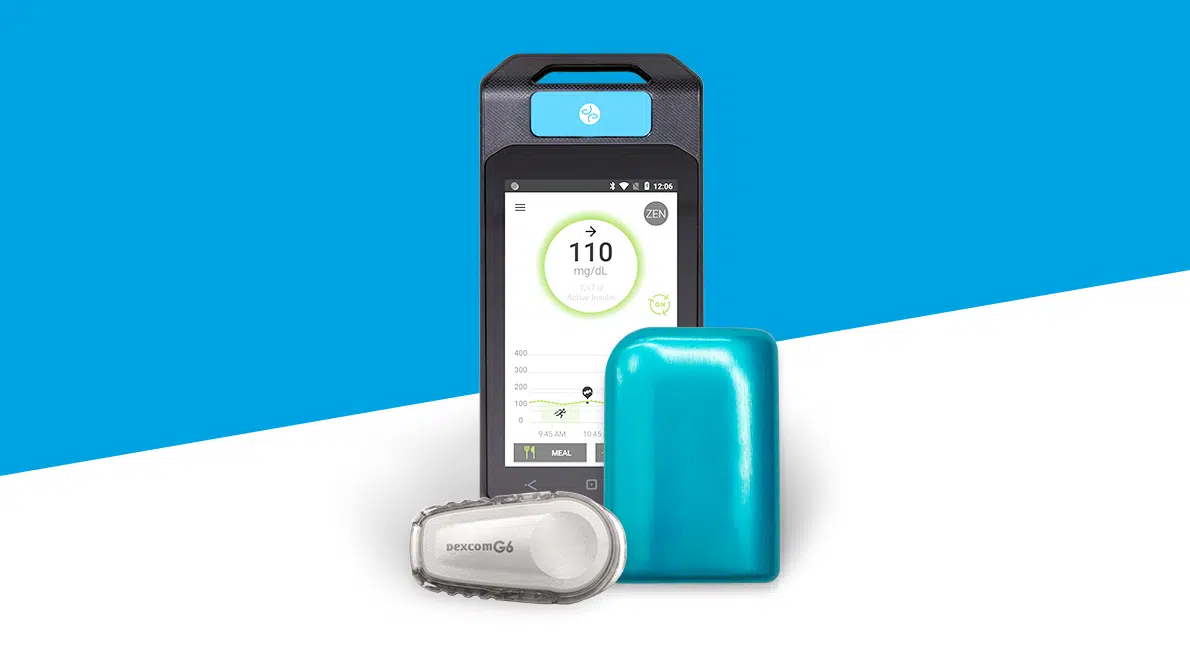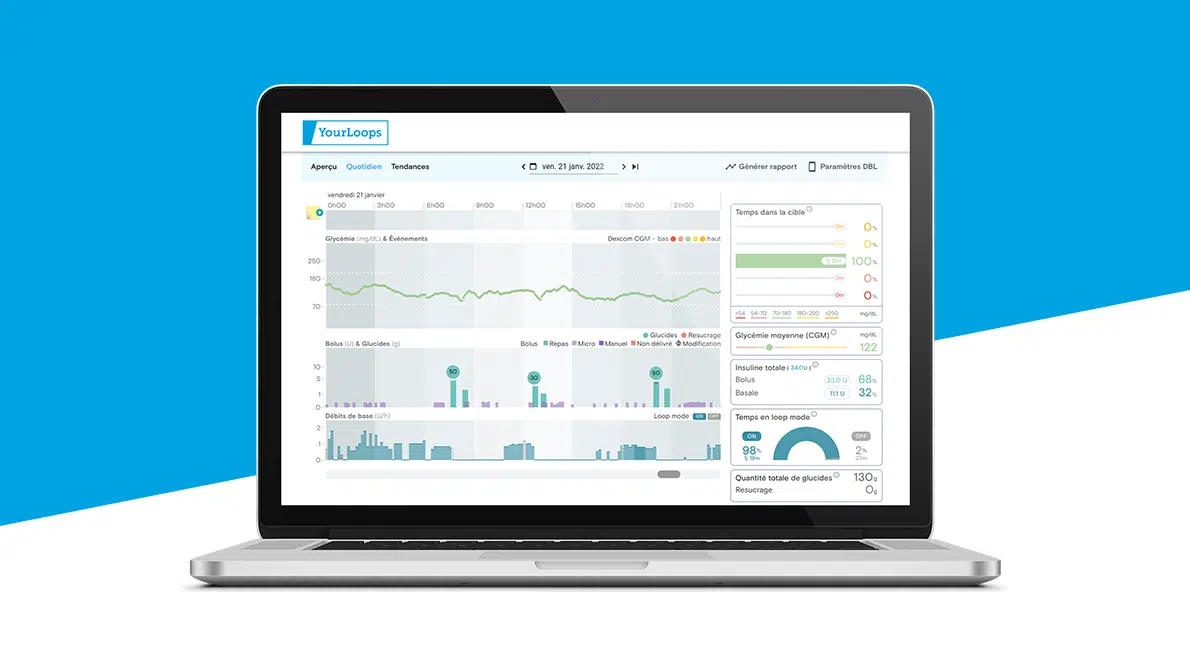
Type 1 Diabetes Management from the 1990s to today
|
We are in 1992, I am 15 years old and here I am: I have Type 1 diabetes.
Before my diagnosis, I knew nothing about diabetes.
I had vaguely heard that you shouldn’t eat sugar and that some people were getting shots, nothing more…
Overnight, I found myself with a bag full of equipment to help me manage my T1D.
This equipment is important to control it, treat it, alleviate adverse effects (hypoglycemia, hyperglycemia), monitor complications (acetone)…
At the time, I opted for a vanity to carry everything I needed.
You’re going to tell me “the 90’s are not that far off”. Yes, but still… Since the 90’s, things have changed and technology has transformed the face of Type 1 diabetes management.
Before/after of Type 1 diabetes management equipment
What about blood sugar control for example?
| Equipment | 1992 | 2020 |
| Blood glucose meters | Big | Small, more discreet |
| Result in 60 seconds | With continuous glucose sensors: instantaneous
Capillary: 10 seconds |
|
| Bulky | Sometimes integrated in a smartphone | |
| Large drop of blood required for measurement | Microdrop of blood required for measurement | |
| Device history
Limited to the last blood glucose level. |
Device history :
Total carbohydrates consumed, insulin dose, average blood glucose, glycated hemoglobin estimate, time in target |
|
| Finger pricker | Micro-lancettes, which allow you to prick your fingertip yourself.
The finger pricker arrived quickly, but without control of the needle depth. Painful with traces of holes on the fingertips while waiting for healing. One lancet per capillary puncture and only one at a time in the pricker. Another case with equipment… |
Capillary pricker with graduation of the depth threshold of the needle.
Minimizes puncture pain. |
| Acetone control | Use of urine strips because only acetonuria was measured.
Imprecise answer +, ++ OR +++! Strips not reimbursed by Social Security in France. |
Use of a blood control strip.
Numerical result which allows to adapt the therapeutic gestures. |
| Weekly follow-up of the evolution of blood glucose results. | Tracking book, pen. | Recording on the glucometer or smartphone and possibility to send the curves by e-mail to the diabetologist.
Fast, easy, convenient! |
Dietetics in the management of type 1 diabetes
I remember in 1992 I was forbidden to eat any sweet product. So goodbye to ice cream, chocolate, cakes. For dessert, I had to stick with fruit and plain yoghurt.
A little anecdote: during a family meal at my grandmother’s, at dessert time I see beautiful cakes… then a plate. My grandmother had kindly prepared me a plate of cheese! Nice touch, but a little frustrating when you are 15 years old.
In short, I was allowed to have 2 slices of bread for breakfast, 3 potatoes and one slice of bread for lunch, and 2 slices of bread or equivalent in the evening.
Things have completely changed! My daughter, who also lives with Type 1 diabetes, is allowed a varied breakfast with juice if she wants some, even in the hospital. For me, juice was just a treatment for hypoglycemia. What an innovation in the dietary management of Type 1 diabetes!
Functional insulin therapy represents a real breakthrough.
The current treatment allows us to eat what we want and thus to adjust our insulin dose accordingly.
In 1992, I had 2 injections of semi slow insulin and there was no bolus for meals! Finding a balance was really complicated.
Defined meals, strict doses, restrictive controls. This is how I experienced my management at the beginning of my life with Type 1 diabetes.
Fortunately, innovations in management now allow me to be more free, with simplified, computerized control that can be easily transmitted to medical teams. Treatments are increasingly innovative, tending towards automation and personalization.
As for dietary constraints, they are much less numerous.
Type 1 diabetes remains a chronic disease that is not easy to manage on a daily basis. But thanks to all these innovations, I feel increasingly free.
